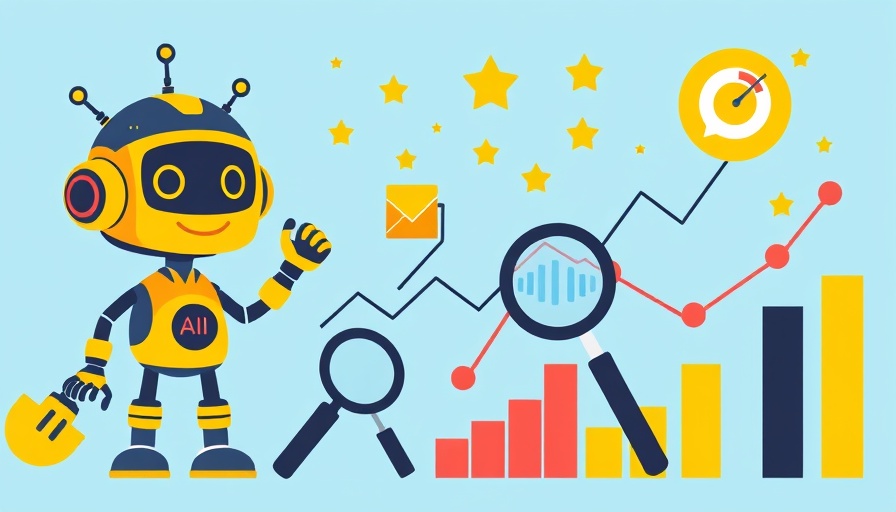
Unlocking the Potential of AI in B2B Go-To-Market Strategies
In today's fast-paced business landscape, reimagining your B2B go-to-market (GTM) strategy through artificial intelligence (AI) is no longer a mere option; it has become a necessity. Companies are moving past the era of "growth-at-all-costs" and are now expected to operate with efficiency while still driving measurable outcomes. As AI transforms from a speculative investment into a strategic priority, B2B organizations are discovering its true power: not just for streamlining operations, but for revolutionizing the very architecture of their GTM strategies.
Understanding AI as a Strategic Enabler
According to a recent SAP study, nearly half of executives (48%) are engaging with generative AI tools daily, emphasizing a significant shift towards its integration into core business functions. Many organizations are harnessing AI to facilitate real-time responses to complex buyer behaviors through data unification and operational alignment. The result? A more cohesive GTM approach that resonates with the evolving needs of buyers.
A Framework for Building an AI-Powered GTM Engine
To embrace this shift, organizations must re-architect their GTM strategies to be AI-native. This involves a comprehensive five-part framework:
- Develop Centralized, Clean Data: AI's efficacy hinges on the quality of data it receives. Centralizing data across departments ensures that insights derived from AI are based on reliable information, allowing businesses to make informed decisions.
- Architect Modular Workflows: Create flexible workflows that can evolve along with market changes. This adaptability is critical as it enables organizations to scale operations without sacrificing performance.
- Train Your AI Model: Continuous improvement of your AI systems through training helps deliver better insights and predictions, establishing a feedback loop that enhances decision-making processes.
- Encourage Cross-Functional Collaboration: AI can provide visibility into all segments of the GTM process, fostering collaboration between sales, marketing, and customer operations.
- Measure Outcomes Effectively: Employ AI to forecast potential revenue and assess the efficacy of campaigns, allowing businesses to pivot quickly when necessary.
Challenges and Opportunities of Implementing AI
While the benefits of leveraging AI are considerable, organizations must also navigate potential risks and challenges that arise from integrating new technologies. One major concern is the cultural impact; teams may feel threatened by perceived automation of their roles. Therefore, fostering an environment where AI is seen as an enhancement tool rather than a replacement will be crucial for successful implementation.
Conclusion: The Future of GTM in the Age of AI
As AI continues to advance, its role in modernizing B2B GTM strategies will only grow more influential. Organizations that adopt an AI-powered approach can expect more seamless operations and greater alignment with buyer needs, positioning them for long-term success. Embrace the transformation that AI offers, not just for efficiency's sake, but to unlock capabilities that can significantly drive revenue growth.
 Add Row
Add Row  Add
Add 




Write A Comment